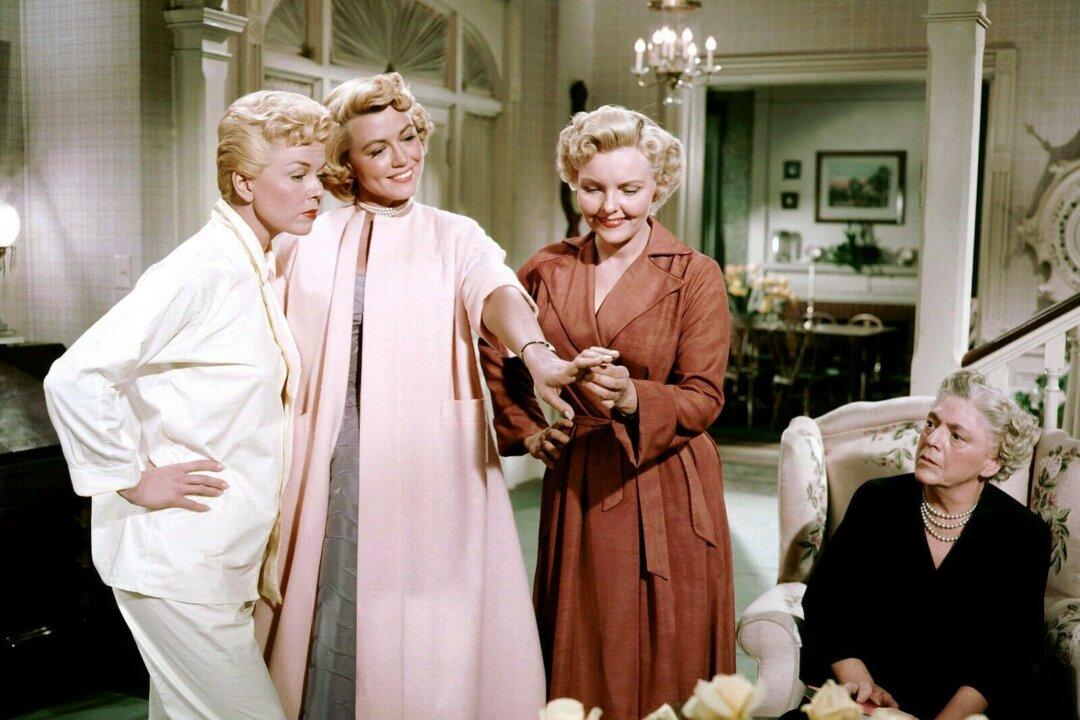Today, it seems that Hollywood is always turning to movies from a few or several decades ago for story material. This inspires much criticism from audience members who have begun to suspect that writers don’t have any original ideas. It’s especially frustrating because these remakes inevitably are far inferior to their predecessors, lacking the substance and artistic quality which made the originals great.
During the Golden Era of Hollywood (1934–1954), films avoided prurience, profanity, and vulgarity as banned by the Motion Picture Production Code, and embraced traditional values instead. This resulted in 20 years of artistic masterpieces that are still cherished for their entertainment value.






